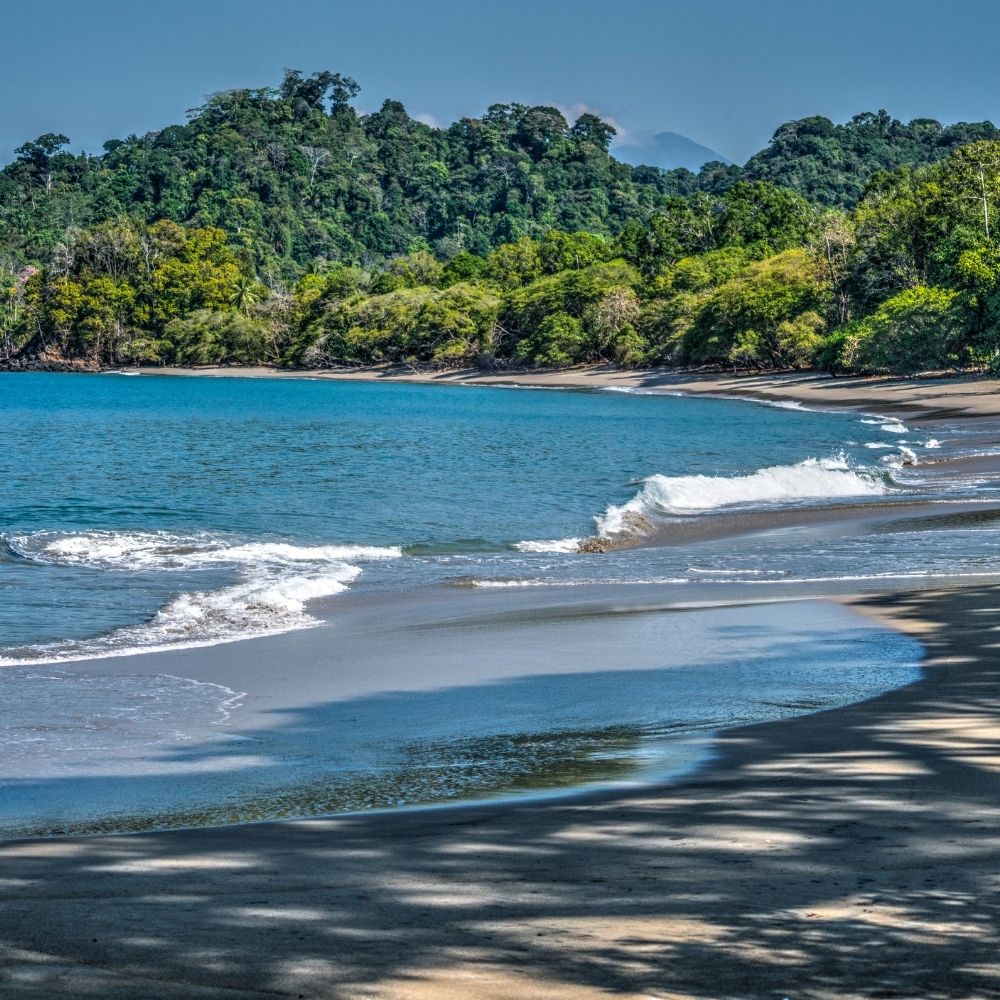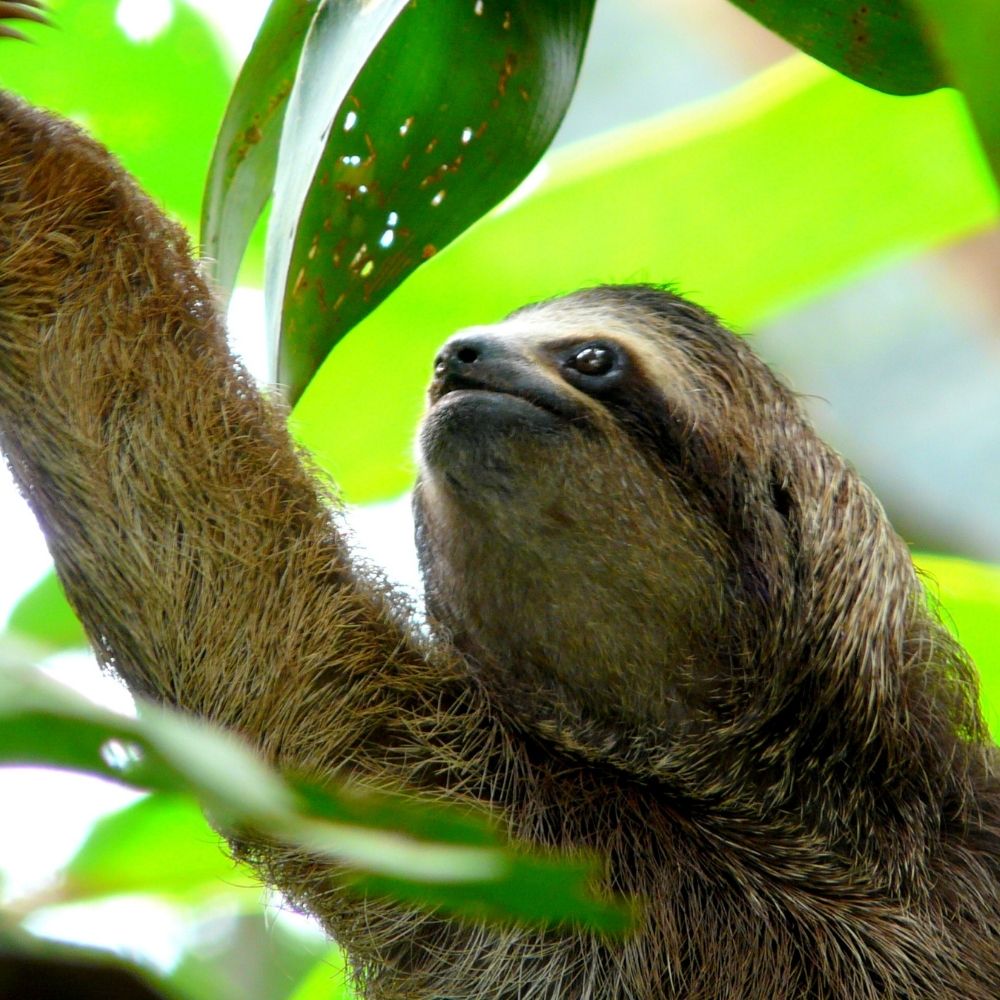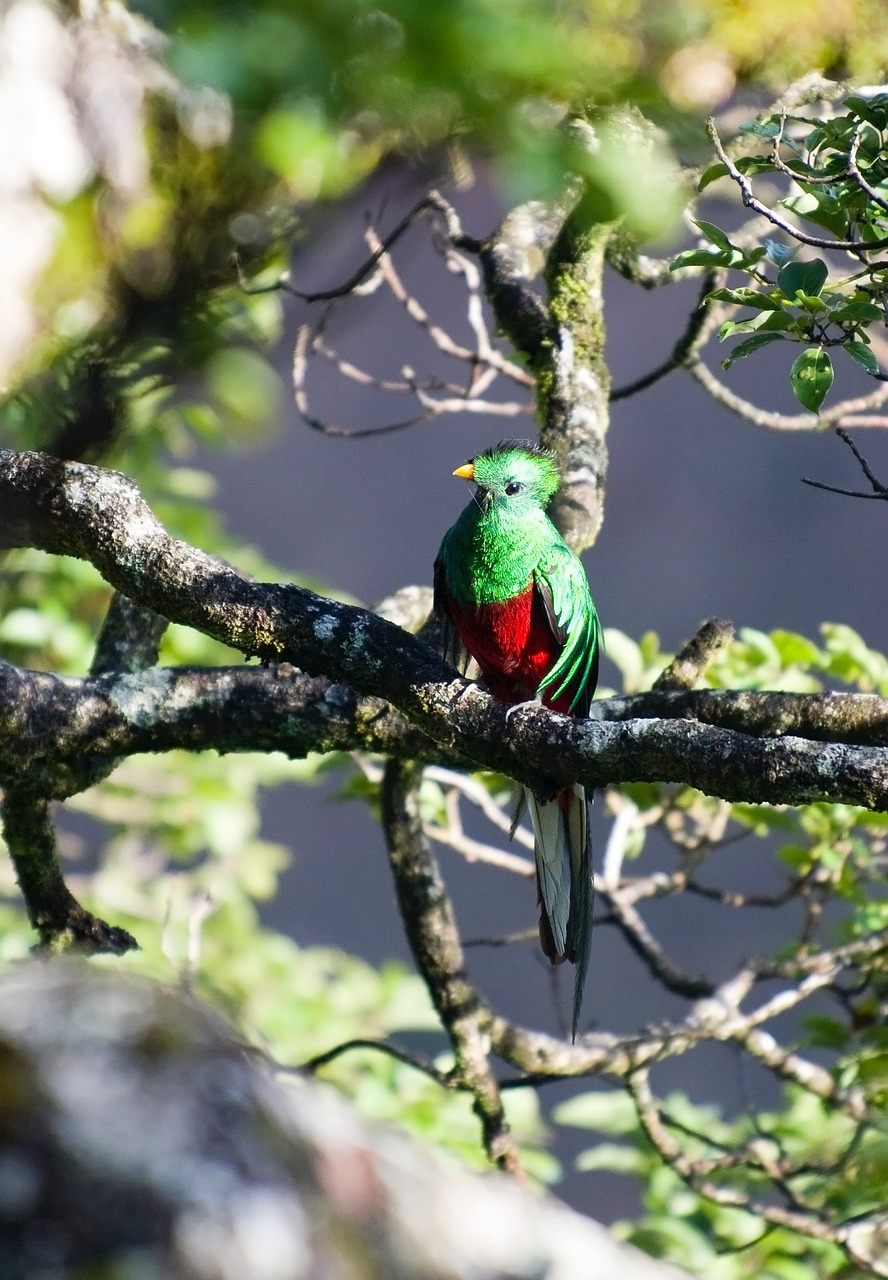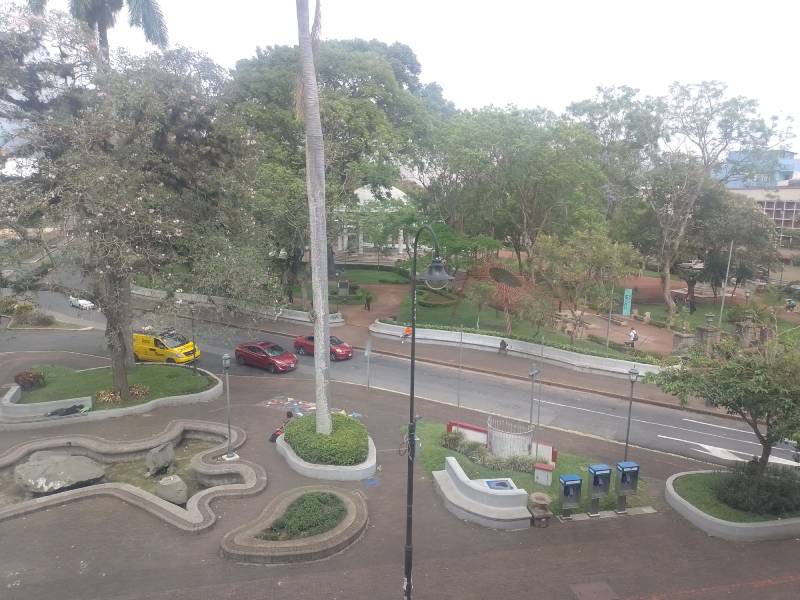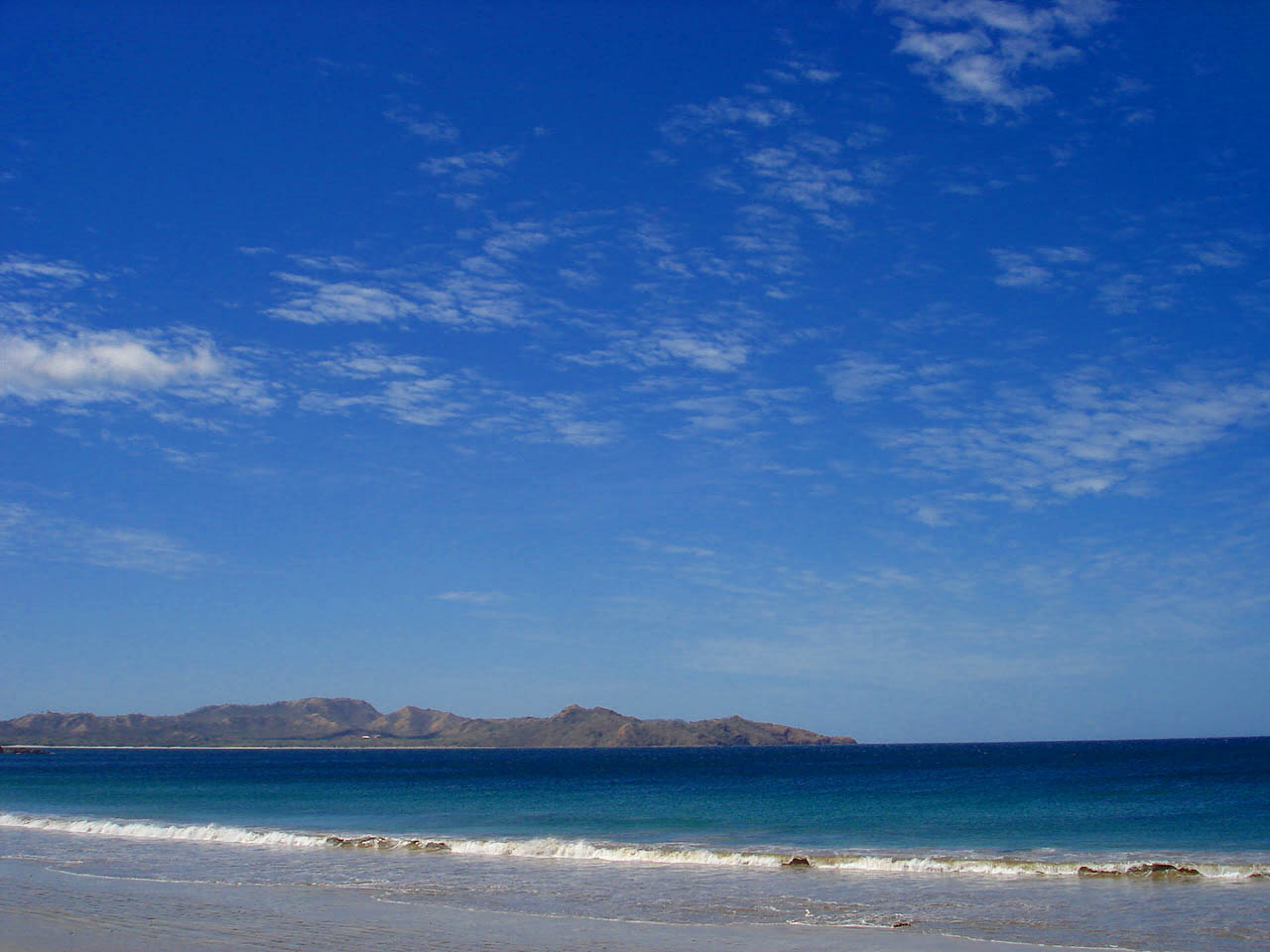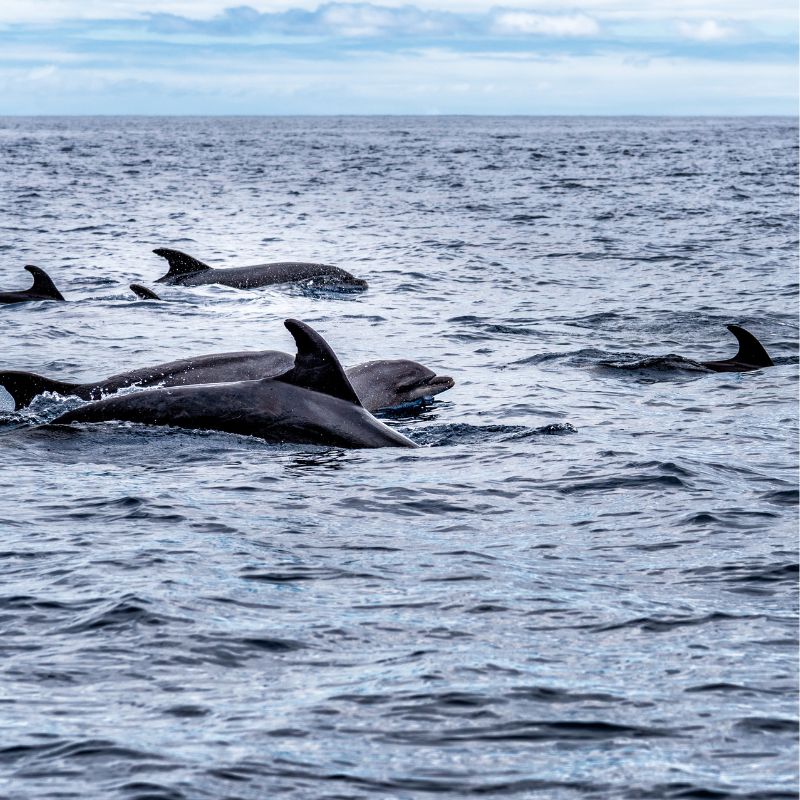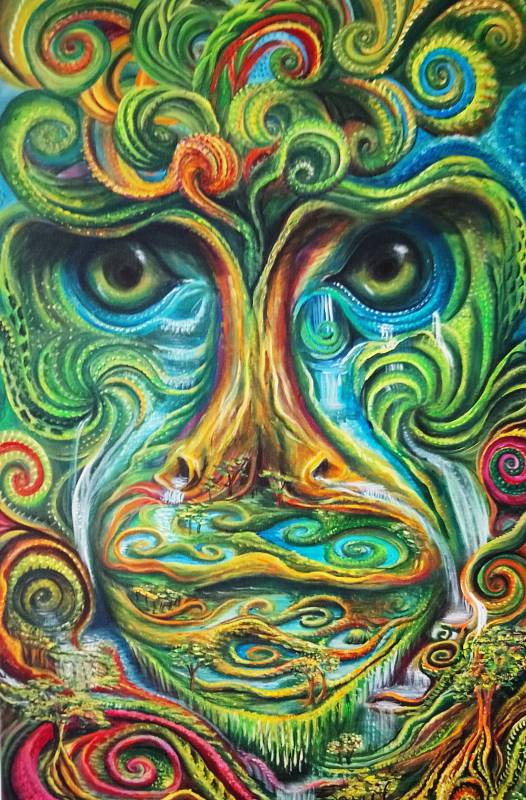Corcovado or Tortuguero? A hard choice if you don’t have the time to do both. Both are stunning rainforests and offer abundant wildlife. Both are hot and humid, and it really depends on some conditions on you to enjoy more one or the other.
Corcovado or Tortuguero shouldn’t be a question; as for a real nature lover, the decision would be to stay longer and enjoy both.
However, it also happens that you want to see a volcano and spend some time just lying under the sun.
So well! Let\’s choose!
First of all, where are Corcovado and Tortuguero?
As you will see in the map below, Tortuguero is in the North Caribbean, and Corcovado is almost in its opposite, in the South Pacific.
What do Corcovado and Tortuguero have in common?
Both Tortuguero and Corcovado are known to have certain conditions in common:
- They are hot and humid.
- They both are low in height above sea level.
- In both, we see pretty much the same rainfall.
- They have approximately the same biodiversity, and wildlife sightings are very common in both places.
- Both are remote and isolated.
- Both are luscious and gorgeous.
- In both, you may find beautiful and comfortable accommodations.
- If flying from San José (SJO), you are 45 minutes away from both.
Read here 10 tips to fully enjoy your family trip to Costa Rica
So! What are the differences between Tortuguero and Corcovado?
The first big difference would be in the driving distance from San José; Tortuguero is closer than Corcovado if you are driving.
However, if you are flying, they are both, more or less, at the same 45-minute distance from San José.
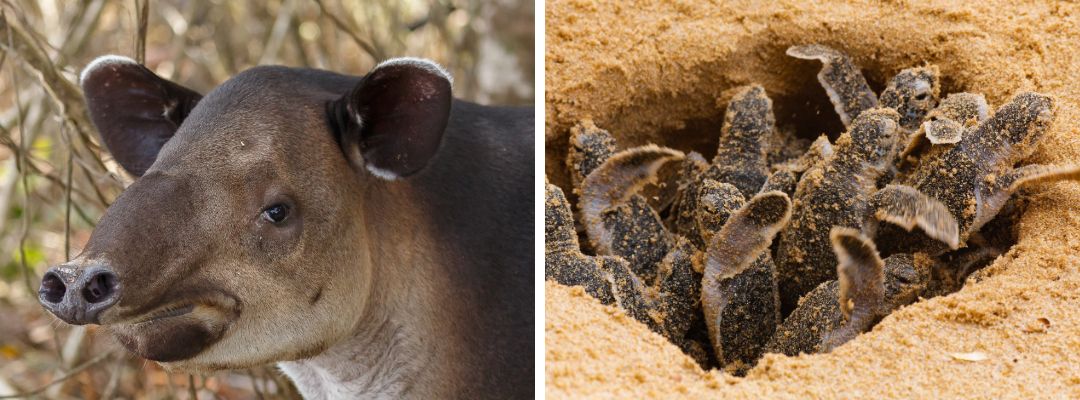
Now the question should be actually:
Where are you coming from to see Corcovado or Tortuguero?
Well!
Tortuguero is closer than Corcovado to Sarapiqui, Turrialba, Cahuita, and Puerto Viejo in the South Caribbean and pretty much at the same distance from Monteverde or any of the Guanacaste regions and beaches.
Corcovado is closer than Tortuguero to Dominical, Manuel Antonio, Perez Zeledon, all of the Central Pacific, and the Nicoya Gulf.
Same distance to Guanacaste regions and to Monteverde.
Listen or read about the International Airports of Costa Rica here
What are the other differences?
Tortuguero can be seen from three main areas (see the map below in dark red):
- The Jaloba Park Ranger Station, which is at the entrance of the National Park on the South, staying in the region of Parismina to see it.
- The Cuatro Esquinas Station, which is closer to Tortuguero Village and the main hotels.
- And the Palma Biological Research Station, which is by the Tortuguero Mountain and on the way to the San Juan River.
None of them are accessible by land.
And even by plane, you must have a boat to take you from the airport to the hotels or villages.
Corcovado has two gateways: Carate (getting in by Puerto Jiménez) and Drake Bay.
- Puerto Jiménez will get you to the southern part of the National Park, in Carate Beach and La Leona Park Ranger Station. You can also reach the Golfo Dulce and all its richness and fantastic isolated lodges and hotels. (See in the map in light blue.)
- And Drake Bay on the North that is reachable by air and by boat (from Sierpe in Palmar Sur). From there you can also get to the Biological Reserve Isla del Caño (Caño Island) and its super diverse marine fauna and flora.
You can reach both Carate and Drake Bay by land, but only on a four-wheel drive.
What are Corcovado and Tortuguero about?
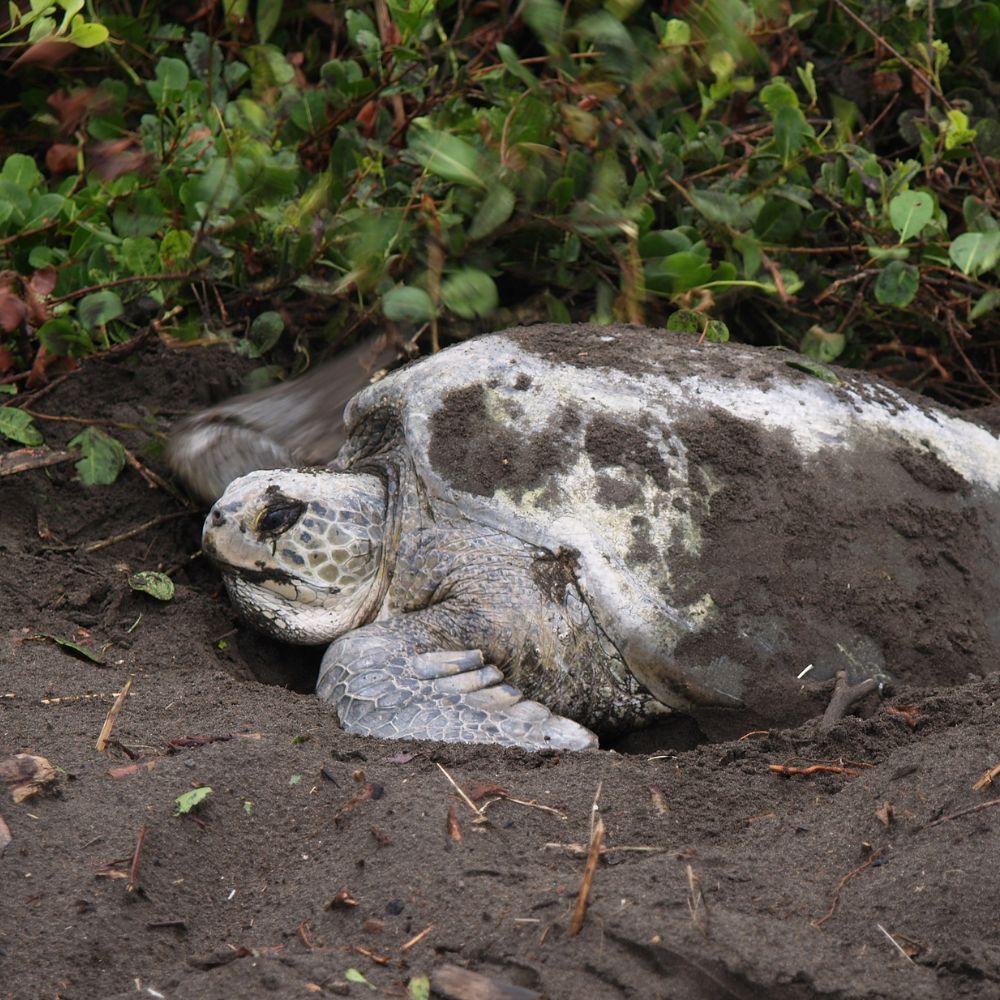
While Tortuguero is about the rainforest and the sea turtles in their season (July to September to see the nesting), Corcovado is about the ocean and the rainforest, making it clear that we are talking about the ocean wildlife and not jet skiing.
In Tortuguero, in the turtle season, for the nights you are there and if you pay the tours, you can witness the amazing turtle nest making and eggs laying. The days will be spent exploring the breathtaking beauty of its rainforests and the wildlife sightings, which are pretty common.
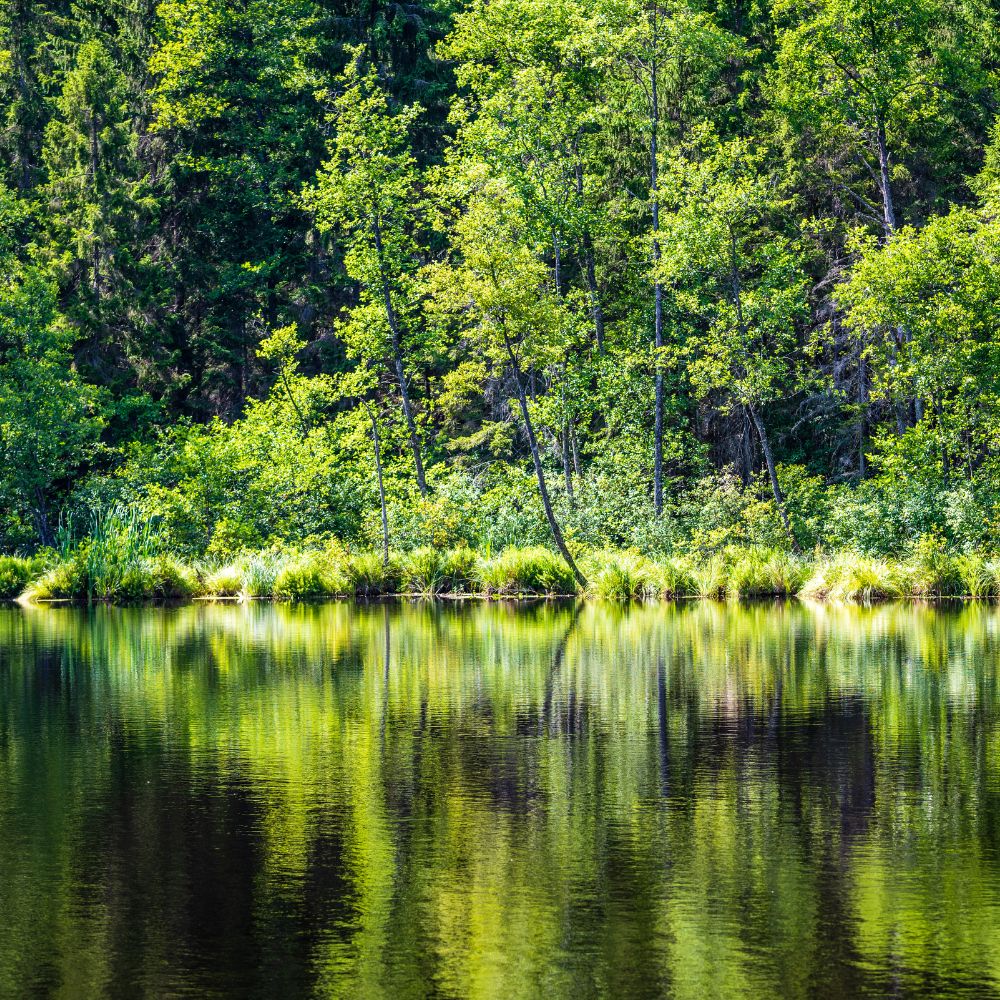
In Corcovado, while in the hotel and in the National Park, you will witness one of the most intense rainforests of the world. The ocean can also provide a lot in terms of wildlife sightings, as this is an area where whale and dolphin sightings are pretty common.
You can snorkel or dive in Isla del Caño (Caño Island), and you can also enjoy in some areas the waves or kayaking in mangrove forests.
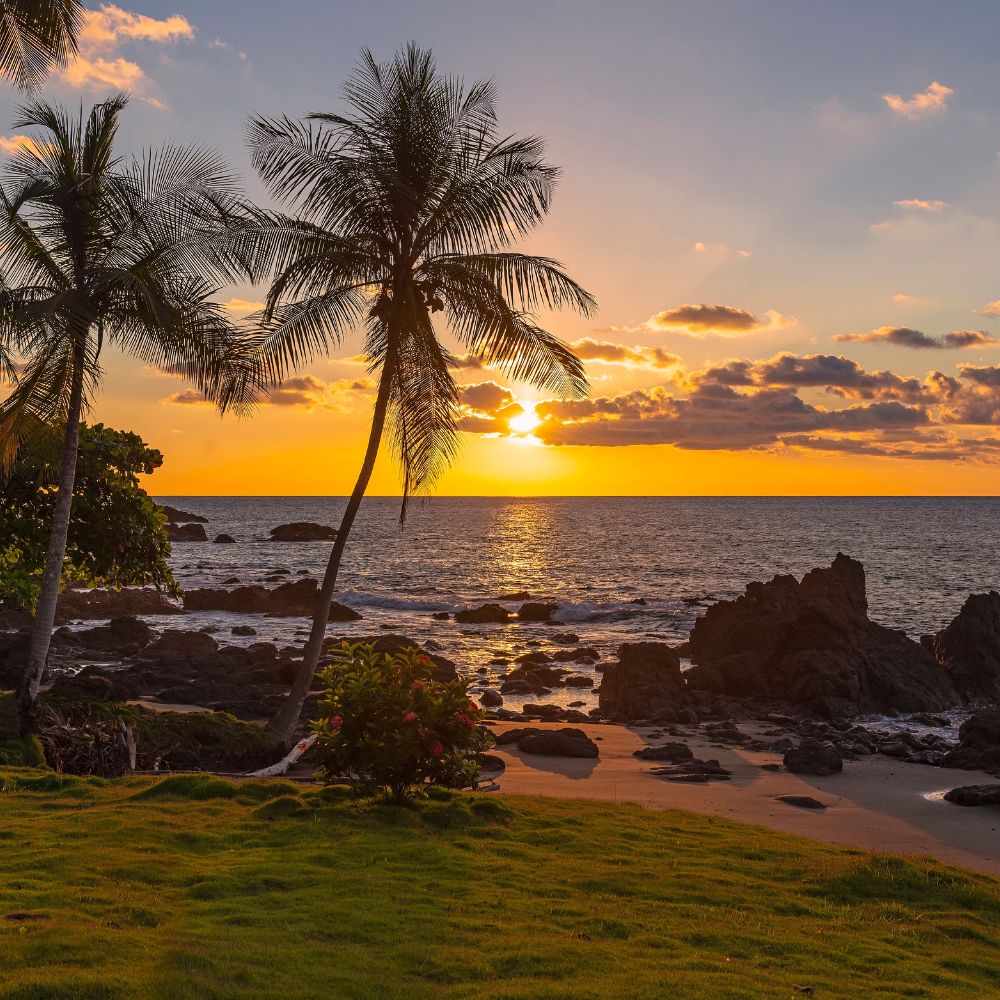
So, Corcovado is about rainforests and marine life.
Corcovado National Park boasts intense marine life, making it a unique destination where you can witness whales, dolphins, and a plethora of other species while journeying to one of the most biodiverse places on the planet.
Unlike Tortuguero, which primarily focuses on exploring its canals and observing wildlife from a distinctive vantage point, Corcovado offers an immersive experience in both its rich terrestrial and vibrant marine ecosystems, providing a comprehensive glimpse into Costa Rica’s incredible biodiversity.
Then again, the answer to Corcovado or Tortuguero if you could only choose one lies on…
What else do you want to do in Costa Rica, and how long do you have to do it?
If you have all the time, money can come any time of year, and you are a true nature lover:
Go to both! You will enjoy their similarities and differences very much! Stay in Tortuguero for at least two nights and in Corcovado for at least three nights.
You can also read Tamarindo or Manuel Antonio?
Usual choices that can determine if Corcovado or Tortuguero?
If you have all the money and time to visit but can’t come whenever you like:
The best months to visit Corcovado are from November to April.
The best months to visit Tortuguero are March and April and definitely September and October (sunny, affordable, and empty).
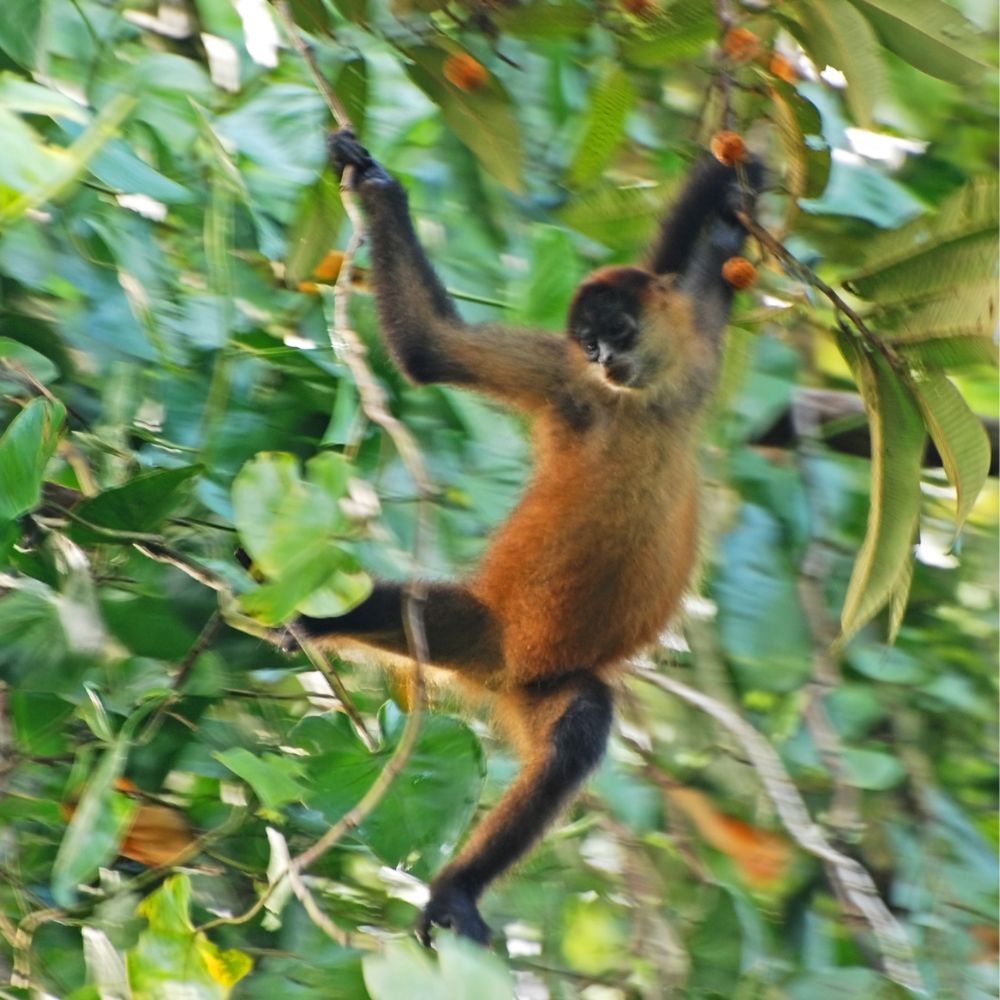
Corcovado or Tortuguero? If you have the time but not as much money and not whenever you want, go to Tortuguero. You will find, in general, Corcovado accommodations and transportation can be more expensive.
Corcovado or Tortuguero? If you want to visit a volcano and cannot do both because of time issues, go to Tortuguero. It’s closer to the very active Turrialba Volcano and the diverse Arenal Volcano Region.
Sloths are abundant in both national parks.

Corcovado or Tortuguero? If you want to go for leisure and rest in a nice resort after the rainforest, go to Corcovado. It is closer to Manuel Antonio, where you can find some breathtaking resorts to enjoy the beach.
Corcovado or Tortuguero? If you don’t have all the time in the world but can spare three nights (and not really into a volcano): Go to Corcovado. You will enjoy more diversity of activities as you have one day for the rainforest and another one to go in the ocean in Isla del Caño.
If you like diving or snorkeling, go to Corcovado.
If you come in July, August, or September, Definitely Tortuguero is your place, as you will witness the massive sea turtles nesting.
If you love kayaking on flat water, Tortuguero is your place.
If you cannot live without AC but love nature, Corcovado is your destination.
If luxurious and extremely comfortable accommodations are a must for your vacation, in the Osa Peninsula, you will find more luxury than in Tortuguero.
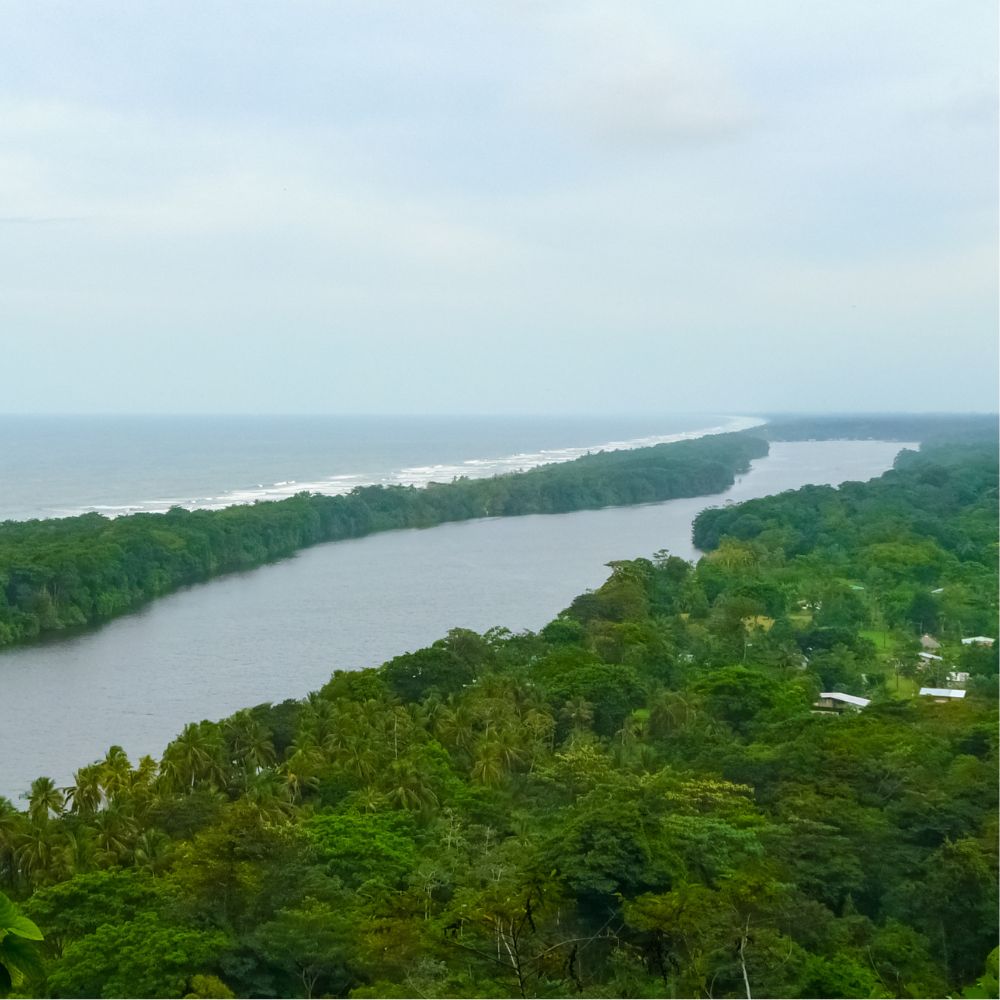
Now… don’t go to either if you are into only beach, leisure, and rest in a gorgeous hotel. Both destinations are about the jungle.
If you want big beach resorts and volcanoes with rainforest, we would recommend going into Liberia and visiting Guanacaste, its gorgeous beaches, and Arenal or Rincon de la Vieja Volcanoes and National Parks.
But most of all, ask questions! If you have a good local travel agent, ask him or her about these two destinations. If you are planning the trip by yourself or would like to get in contact with an expert to ask some questions, I would be more than happy to help.





